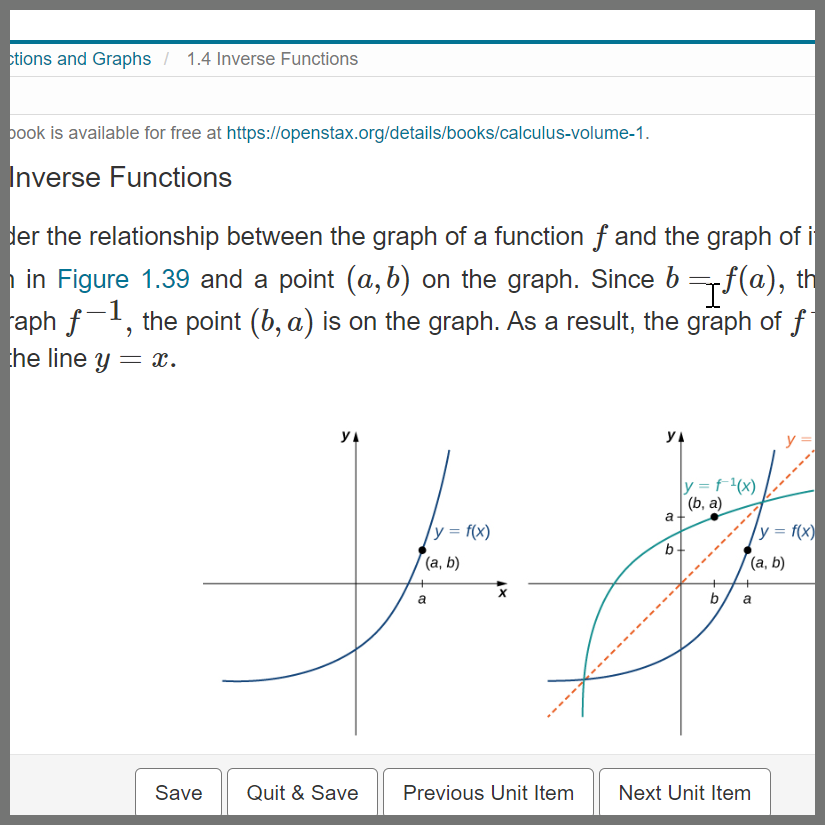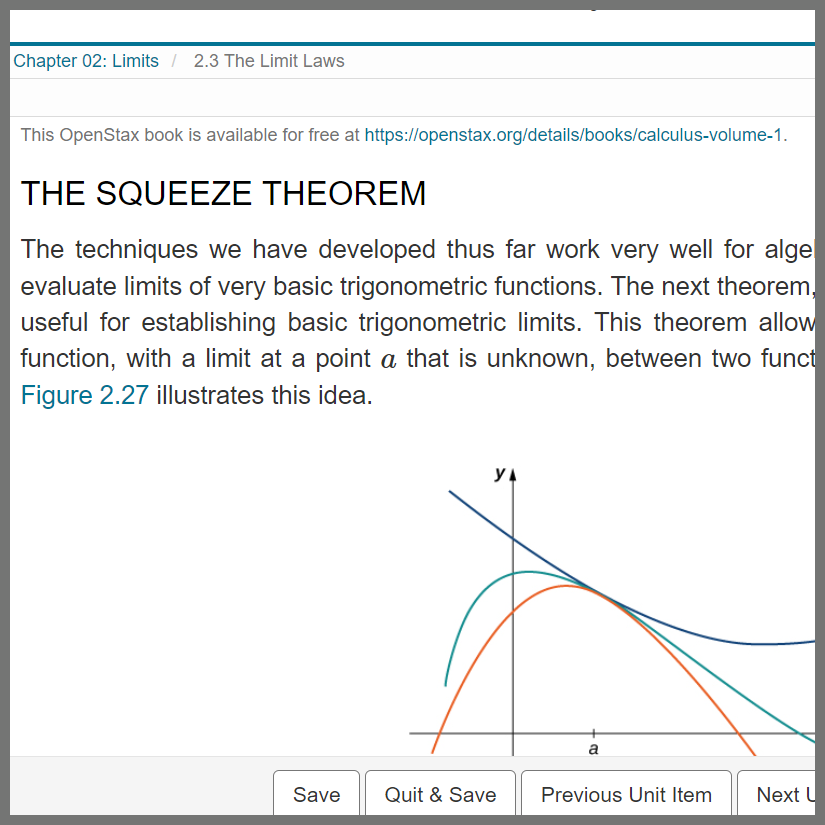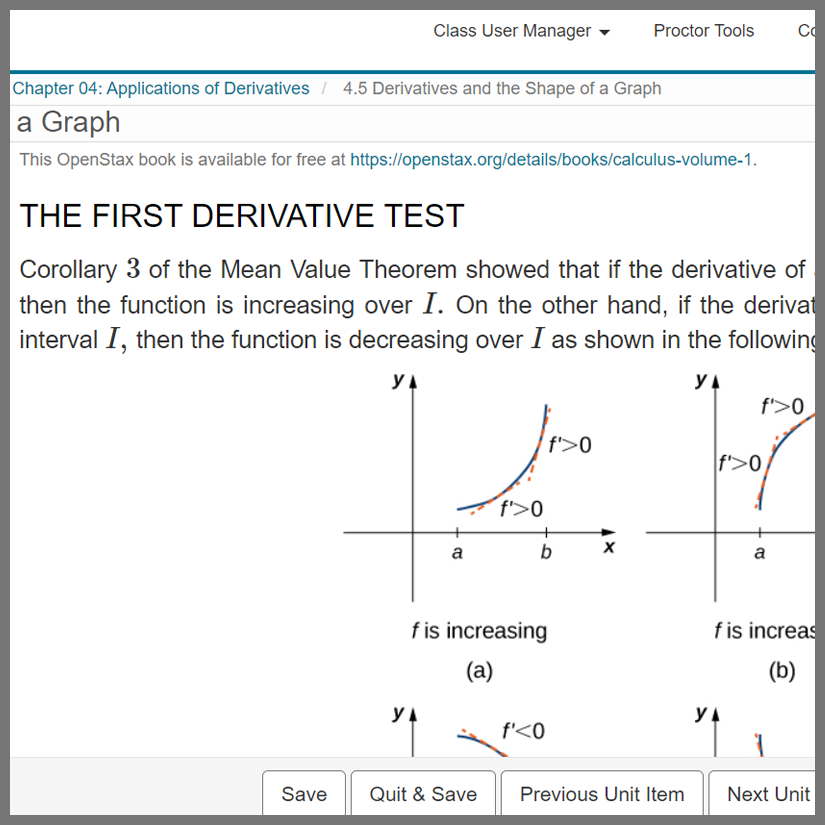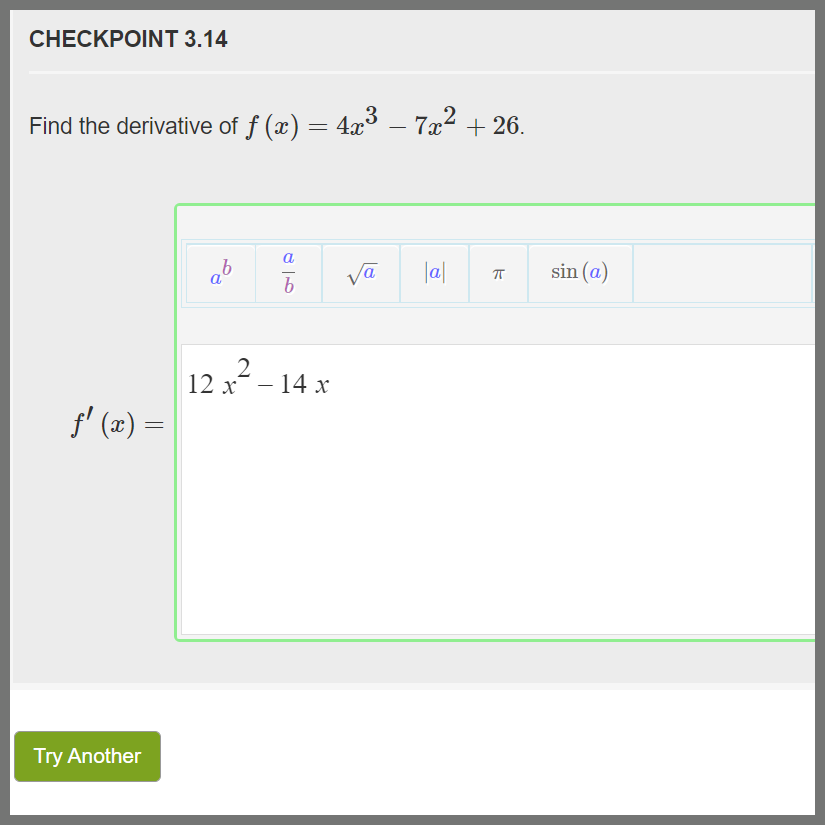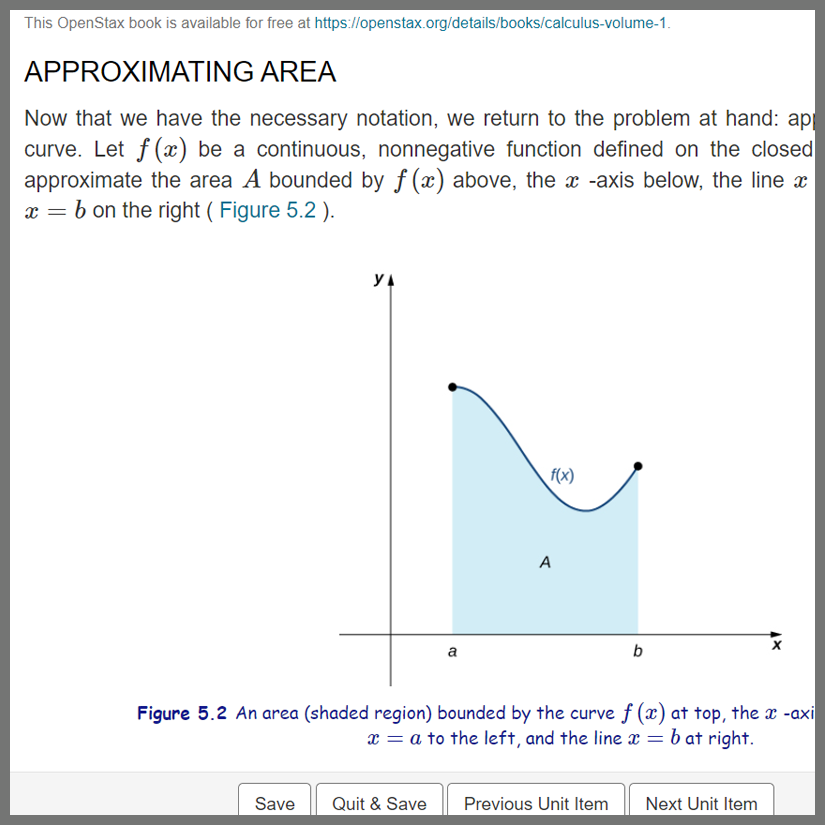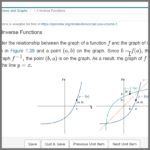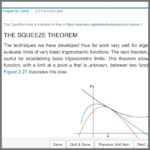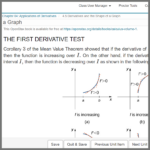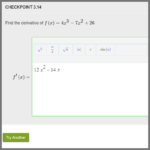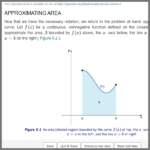Description
The Calculus Volume 1 Content Pack is one of three OpenStax Calculus offerings that you can use as a customizable starting point to a complete calculus course in Möbius. OpenStax Calculus covers the core concepts of calculus and helps students understand how those concepts apply to their lives and the world around them. Due to the comprehensive nature of the material, OpenStax Calculus with Möbius is offered as a typical two- or three-semester general calculus course, with Volume 1 covering: functions, limits, derivatives, and integration. This customizable resource includes all traditional OpenStax features such as chapter introductions, sections, review material, and practice tests, and has been enhanced with Möbius capabilities including algorithmic questions, in-lesson questions with unlimited practice, helpful hints, and immediate feedback.
How does Möbius take OpenStax to the next level?
All chapter sections delivered as Möbius lessons with checkpoint questions embedded right inside of lessons.
Learn how Möbius’ unique STEM question types provide the best STEM learning experience.
Deliver OpenStax exercises using over 50 configurable assessment properties.

